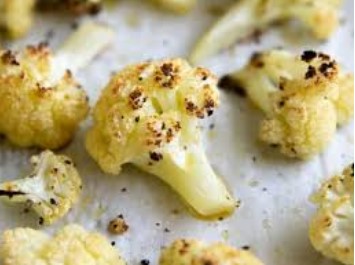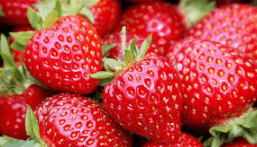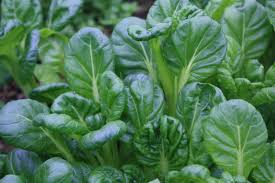All this wonderful rain makes me want to make a nice hot soup, or maybe bake something….
Outside, the puddles are gathering, happy snails are feeling their way out of hiding and wandering on the wet glistening asphalt.
The plants in the garden are overjoyed with this abundance, reaching their mud-covered leaves up towards the sky and happily swallowing as much water as they want.
The farmers are also smiling at the clouds that deliver these heavenlygifts, while whispering the prayer – may the rain come in good portions, not too much and not too little, that it will saturate the soil but not crash down on the plants, that it will irrigate but not flood the fields.
They too, the farmers, like to observe the rain while there is something hot cooking in the pot, or baking in the oven… The cauliflower is a great ingredient for both uses.
As opposed tomany other vegetables (and also a considerable number of fruits we all love) that come to us after they have traveled around the world, the cauliflower actually originates from our region, and from here it spread to the rest of the world.
Like a good detective story, its exact origin is unknown, but that does not detractfrom the rest of the plot. The cauliflower was not knownin ancient times, but the Greeks and Romans enjoyed eating white crunchy cauliflower heads – from old Pliny's descriptions of cabbage for example, it is understood that one of the described varieties is cauliflower.
From there this vegetable makes a chronological leap all the way to the 12thcentury to the descriptions of the Spanish Maori, who claimed that the cauliflower originated somewhere in Syria (a place that must have sounded so exotic at the time).
From the 17thcentury the Italians fell in love with it and began spreading it towards northern as well as western Europe, until at some point it also reached the table of the King of France, Louis XIV and as typically happens with foods that kings love, it became popular amongst the kitchens of his subjects.
The cauliflower prefers cool and humid weather, but only at a certain level: too little cold and humidity will cause the cauliflower to develop small and not solid heads, but weather that is too cold will not allow the cauliflower to grow properly.
A certain variety of cauliflower is grown in India, in a hot and humid climate, causing India to be one of the main growers in the world – 2600 square kilometers ofcauliflower fields (compared to 200 square kilometers in the entire Middle East, and 1200 square kilometers in Europe).
Cauliflower is also grown in Africa – the climate during the cold season is suitable for growing in the western part of Africa. Cauliflower is not enjoy sunbathing – its exposure to sunlight causes the white buds to change color, and therefore the external leaves are used to cover the buds.
Culinary speaking, the cauliflower can be eaten raw, and its taste blends well ingreen salads, as a side dish, or as a solo star in salads where it is either the main or the only ingredient (especially with a good sauce, such as homemade aioli).
Especially when winter is raging outside, we want something warm on our plate – like soup maybe. An especially delicious combination is cauliflower with broccoli, which is similar in flavor when cooked.
If you feel like maintaining its crunchy texture, put it in the oven: the classic recipe requires a short softening of the cauliflower in boiling water, followed by baking. Dipping the cauliflower in bread crumbs will give a crispy and golden coating, and with a little salt it turns in to a delicacy that even children agree to eat, I was told.
If you feel like adding a carbohydrate dish to the cauliflower to get a more satisfying and filling meal, a head of cauliflower next to 4 peeled potatoes cut into large cubes, coated in spicy oil (crushed garlic, two bay leaves, a bit of Torshi spice, salt and pepper) and sunbathe in the oven for 40 minutes.
Yours.
The Garden’s team
Forecast:
In the ORGANIC vegetable baskets we expect (draft only):
Cucumber
Tomatoes
Lettuce
Potato
Sweet potatoe
Onion
Swiss Chard
Parsley
The Large organic vegetable baskets also include:
Beet
Spinach
Coriander
In the ORGANIC fruit baskets (NEW – Increased variety, price – 70 Shekels)
Oranges
Grapefruit
Banana
Clementine
Pomelo
The large ORGANIC fruit baskets also include: ( NEW – Increased variety, price -100 Shekels)
Lemon
Papaya
Red grapefruit
The ORGANIC Green Basket:
Swiis Chard
A kind of lettuce
Kale
Dill
Green onion
Sprouts
Spinach
NEW – The ORGANIC Basket for couples (price – 150 shekels):
Cucumber
Tomato
Lettuce
Potato
Eggplant
Carrot
Kohlrabi
Parsley
Swiss Chard
Beet
Sweet potatoe
Coriander
Beet
Oranges
Lemon
Sweetie












